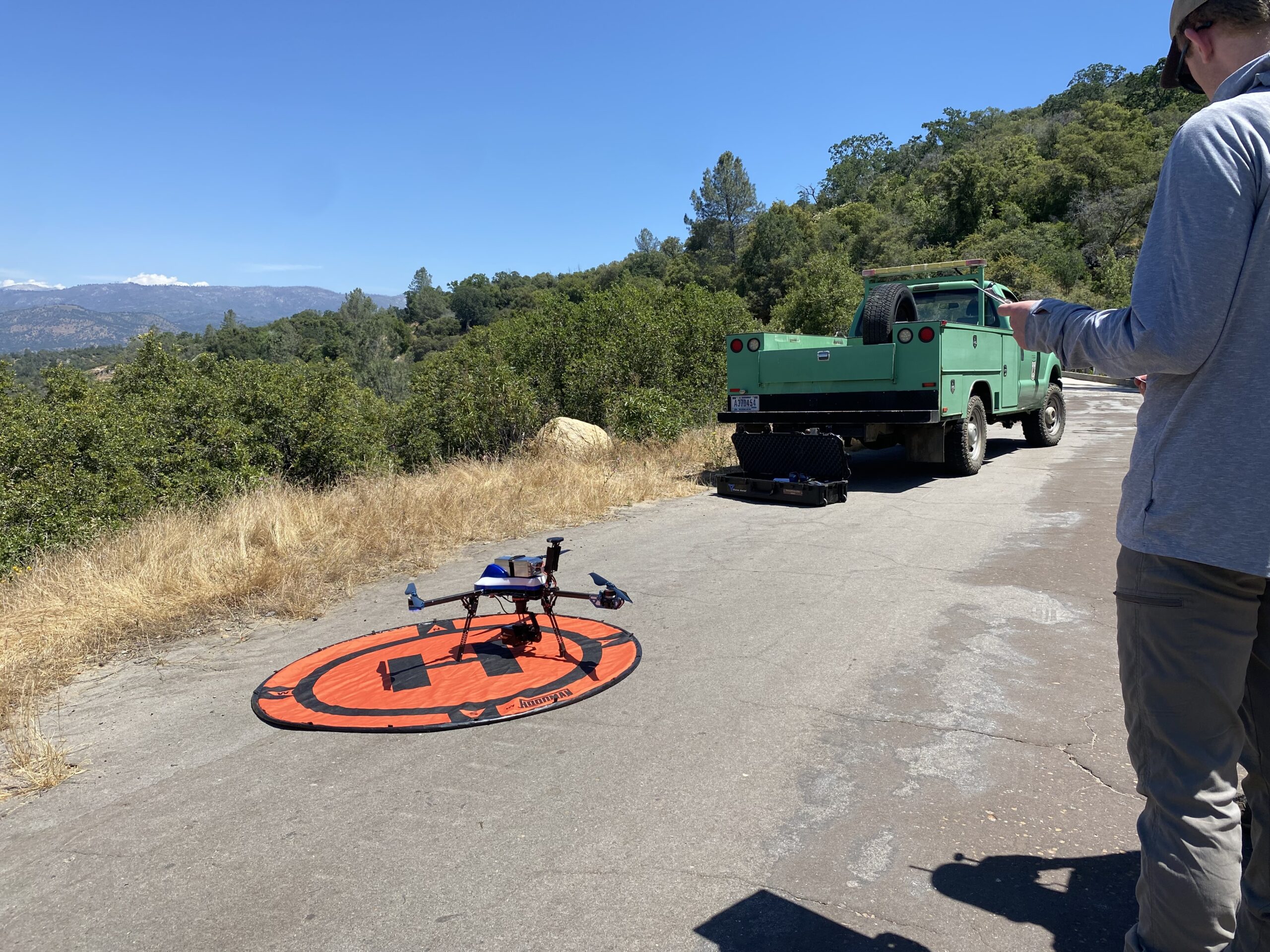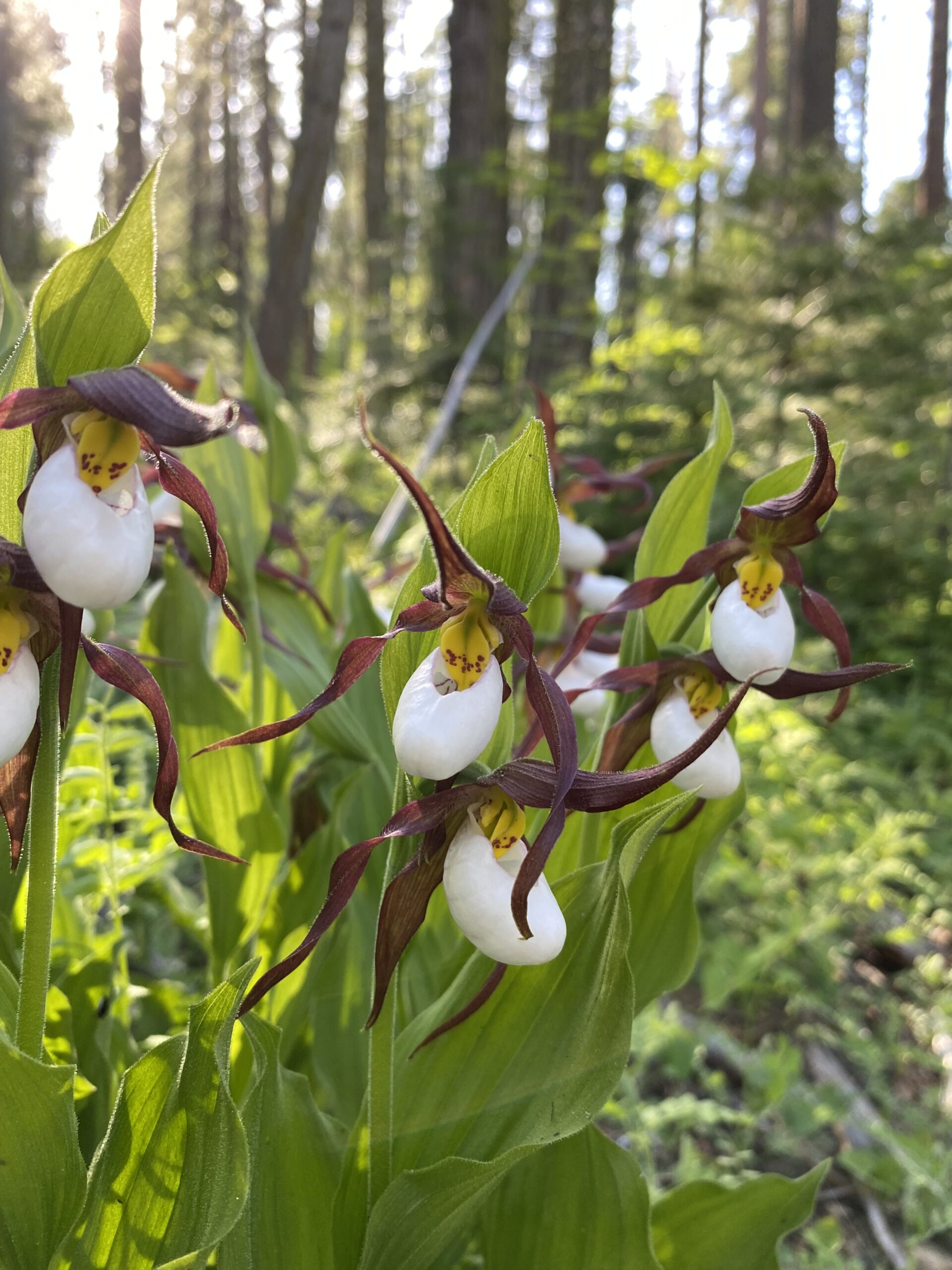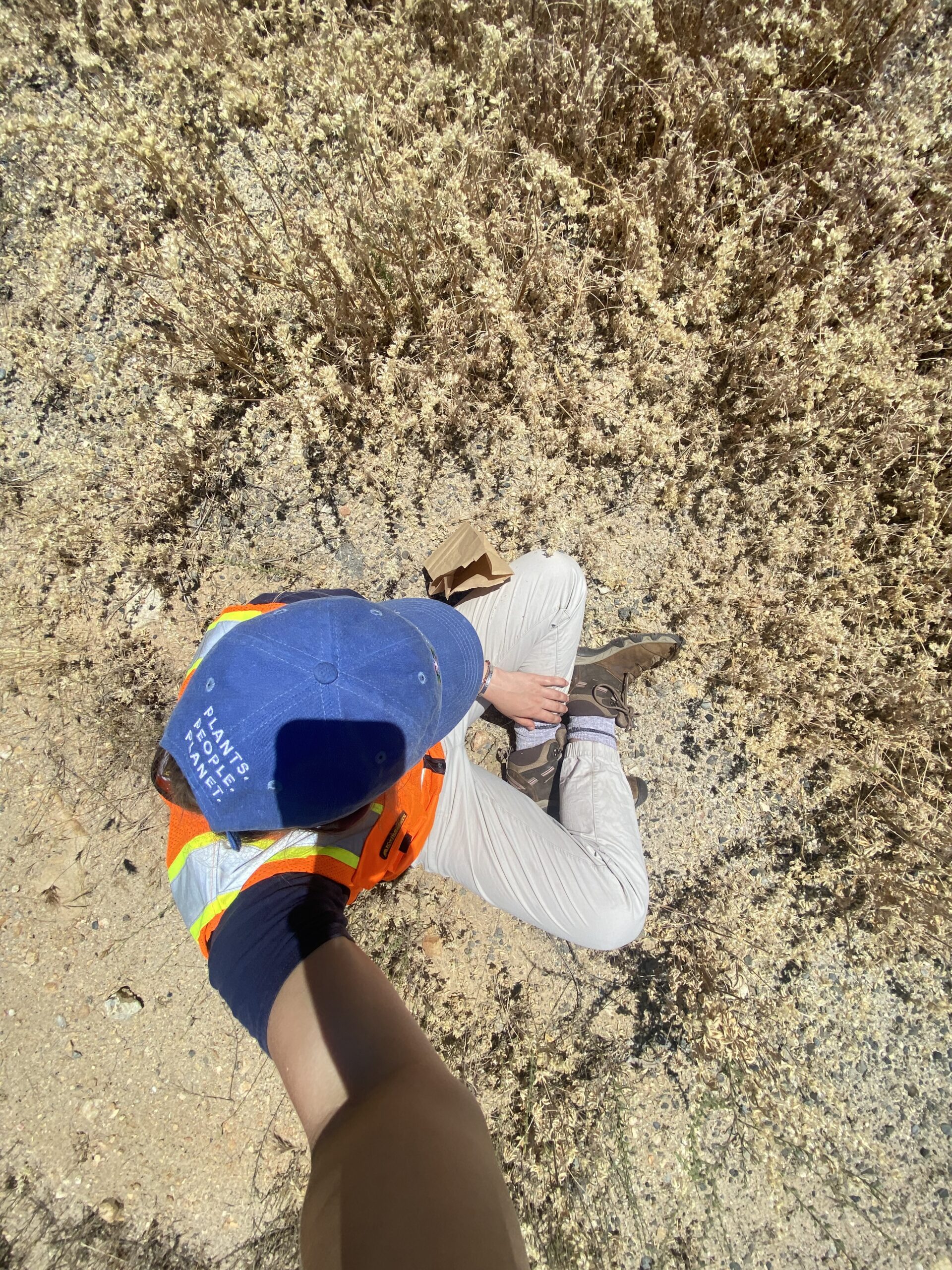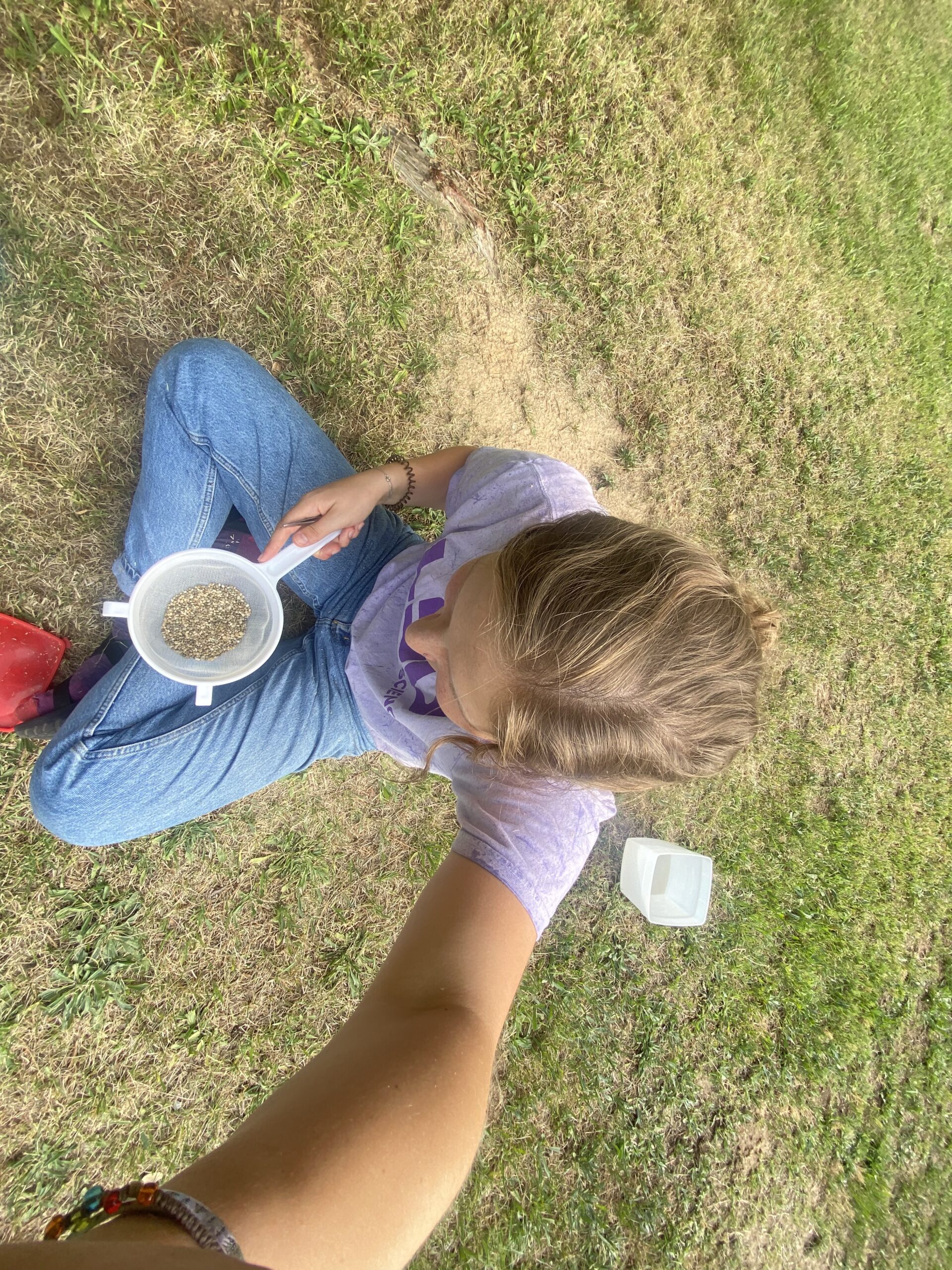In the last two months, I have thought about phenology and life cycles of plants more than I ever have.
Thinking about this has encouraged me to ponder my own life. For the past two decades, I have strictly adhered to a seemingly endless cycle: school, a break from school, back to school, back to a break, back to school… In this process, I faced challenges and I grew, but I remained entrapped in the rhythm. Then, at long last, the cycle was broken on May 18th of this year when I graduated from Louisiana State University.
From days in lecture halls and final exams to endless hours in the foothills and on the peaks of grand mountains, from suffocating humidity to bone dry heat, and from living in a metropolitan area to one with a population of just about 3,000—I had stepped into a whole new world.
Each day that I go to the field, especially in the burn scars that are too abundant around me, I see this reflected in the surrounding plant communities. Environmental events, such as fires, strip much of an area, leaving surviving rhizomes, seeds, and plants in a completely unfamiliar place. Still, many plants persist and reemerge, effectively encouraging the propagation of the traits most suited to survival.
One plant, in particular, comes to mind. This is Carpentaria californica, a shrub endemic to a select few sites in the foothills of the Sierra Nevada—all in the Sierra National Forest. It thrives in the aftermath of fire, primarily reproducing from stump sprouts after burning. The plant can grow each year, abiding by these cycles, but a radical environmental change is necessary for its significant growth. I can empathize with C. californica as I navigate a completely novel environment.

The beginning of my season here marked my first time in the Sierra Nevada, my first time working in a National Forest, and my first time working a real field botany job. I was forced to become familiar with the flora of the Sierra quickly, and I just as rapidly fell in love with it.

That which I have learned about seeds and seed collecting is especially important to me. Seed collecting has proven to be incredibly rewarding; I am overjoyed that my work will one day contribute to the revegetation of this place that I have come to adore. Each day, I work with unbelievable views of the Sierra Nevada, familiarizing myself with a new population of plants that plays the most vital part in this process. Each of these populations are so unique, with different abundances, densities, and environments, not to mention the fascinatingly divergent anatomies of their plants and seeds. I never know quite what to expect when I set out to assess or collect from a population, and each requires much thought and discussion.
Recently, my co-intern, Emma, and I collected from large populations of the native grasses Elymus glaucus and Bromus sitchensis variety carinatus. The next week, we approached a new population of these plants, separated by only a couple of miles, to find radically different population specifications. Even more distinct was the population of Lupinus microcarpus variety densiflorus that we had collected a couple weeks prior. The environments and seeds could not be any more dissimilar to the ones that we would discover when navigating those grasses.


With each seed I collect, I think about their capacity to repopulate barren environments, and I revisit my thoughts of Carpentaria californica. Just as this plant thrives with a big change in a new environment, so do I. Being in a new place doing new things has taught me so, so much. I have grown as a person and as a botanist, and I can’t wait to keep on learning in this incredible place.
Hugs from SNF!
Elanor 🙂
